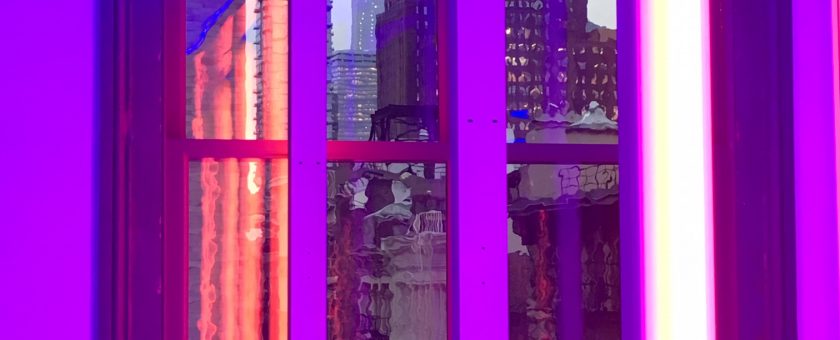
The JUDD FOUNDATION, NYC
- posted in: Uncategorized
“Too often, I believe, the meaning of a work of art is lost as a result of a thoughtless or unsuitable placement of the work for display.”
Inspirational Tour in Soho, New York
“The installation of my own work, for example, as well as that of others, is contemporary with its creation, and the space surrounding the work is crucial to it. Frequently as much thought has gone into the placement of a piece as into the piece itself.” —Donald Judd, 1993
Inspirational Tour in Soho, New York
ABOUT
Donald Judd revolutionized practices and attitudes surrounding art-making and the exhibition of art, advocating for the permanent installation of works by artists in carefully considered environments. Judd achieved this goal first at his studio/residence at 101 Spring Street in New York, and later in various locations in and around Marfa, Texas.
Judd filled 101 Spring Street with nearly 2,000 objects (200 pieces of art and furniture, 1,800 household objects), from rare prototypes and seminal works to prosaic furnishings he used everyday. His collection spans centuries of art and design, and reflects his personal interest in art and well-made things: paintings, sculpture and works on paper by Jean Arp, Larry Bell, John Chamberlain, Honoré Daumier, Stuart Davis, Marcel Duchamp, Dan Flavin, David Novros, Claes Oldenburg, Ad Reinhardt, Lucas Samaras, Frank Stella, and H.C. Westermann; furniture, including pieces by Alvar Aalto, Gerrit Rietveld, and the Thonet firm; and ceremonial and decorative objects and textiles from Europe, Asia, Africa and North and South America. Judd included his own artwork as well as furniture he designed.
After 1972 Judd spent some of his time in Marfa, Texas, but he continued to use 101 Spring Street as a live/work studio until his death in 1994.
Judd Foundation
